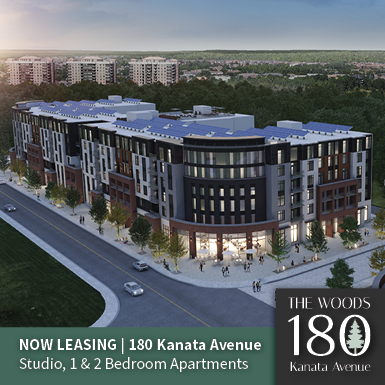
Where to Live in Ottawa: A Simple Guide to 8 Neighbourhoods
Image source: freepik
Moving homes isn’t easy. Picking the right area can feel like sorting through endless options. Here’s a simple overview of eight real areas in Ottawa that people actually live in, with honest facts on what to expect.
Golden Triangle – For Young Renters and City Access
Golden Triangle sits right between Elgin Street and the Rideau Canal. The area is compact, with a population under 6,500. It’s popular with younger renters because it’s close to bars, cafes, and restaurants. Rent can be more affordable compared to surrounding areas.
The livability score for this spot lands at 83 out of 100. Crime rates here are lower compared to other neighbourhoods in Ottawa. It’s central, walkable, and has enough activity for people who want to stay close to cultural and social events.
Little Italy – For Food Lovers and Quiet Streets
Little Italy has a much smaller population and is centered around Preston Street. Residents enjoy walking to local shops and restaurants. The area mixes low-rise condos, older detached homes, and updated townhomes.
The livability score here is 77. People who want a slower pace with good food options nearby tend to like it. Many parts of Little Italy are bike-friendly, and the streets have public art and detailed murals that feel local and authentic.
Comparing Nearby Suburban Options
People comparing housing in Ottawa often look beyond its core neighbourhoods to surrounding areas. For example, while Kanata offers tech workers quick access to business parks, places like Orleans or Stittsville might suit families looking for larger detached homes, more green space, or quieter streets.
When browsing options like new builds, townhouses, or multi-family homes, many consider factors like transit, school access, or average rent costs. Interest in houses for sale Ottawa tends to grow among those weighing proximity to workplaces against the value and lot sizes available further from downtown. Each option comes with trade-offs worth checking carefully.
Lowertown – Close to Art and Nightlife
Lowertown has about 9,600 people. It’s known for being a place where local businesses, artist spaces, and pubs exist side by side. The livability score is 77. There are also practical perks like quick transit access and more affordable housing.
One local feature is the Lowertown Brewery, which draws locals with in-house food and craft beers. The area sees steady foot traffic and has enough social spaces to keep it active into the evening.
Kanata – Suburban Growth with City Perks
Kanata is about 22 kilometers west of downtown and ranks as Ottawa’s fastest-growing suburb. It’s often picked by people working in tech, as business parks are nearby.
Kanata has a range of property types, from single-family homes to townhouses and condos. There’s good access to retail and schools. It also appeals to people who want a bit of space without giving up access to city services.
ByWard Market – Mixed Retail and Nightlife
ByWard Market is both a shopping area and a residential zone. Its population is slightly over 4,000. Home to one of the oldest public markets in Canada, this neighbourhood pulls in residents with food vendors, niche shops, and small art studios.
Livability here scores around 87. It’s dense, with everything close by, but residents stay here for walkability and the weekend activity that comes with being near Ottawa’s tourist spots.
The Glebe – Tulip Festival, Older Homes, and Arts
With around 13,000 residents, The Glebe manages to stay personal but active. It’s close to Commissioner’s Park, which each spring becomes the site of Ottawa’s Tulip Festival.
This neighbourhood ranks high in livability, scoring above 87. People like it for its independent stores, restaurants, and mix of property styles. It’s an area known for community events and regular street-level activity, especially on weekends.
Westboro – A Walkable Area with City Feel
Westboro runs along the Ottawa River and houses around 11,400 residents. It was once farmland but now has become more urban and accessible. The area’s main street has local retail stores ranging from outdoor gear shops to small cafes.
With a livability score of 89 and crime rates lower than in many parts of the city, Westboro attracts people wanting city conveniences with a quieter atmosphere.
Barrhaven – High Population, Family Features
Barrhaven currently has more than 81,000 residents. Families often choose this area because of the wide mix of housing, easy access to schools, and seasonal community events like the Santa Claus Parade.
Its livability score is 92, among the highest in the city. Parks, trails, and splash pads are everywhere, and commuting into central Ottawa is possible with transit options expanding each year.
Final Points
Each neighbourhood in Ottawa has its advantages. Prices, commute times, and housing availability vary, so be clear about your priorities before deciding. Walking around an area yourself helps. Data like school rankings, crime stats, and access to services matter when comparing options. Always look at more than one area before making a move.









